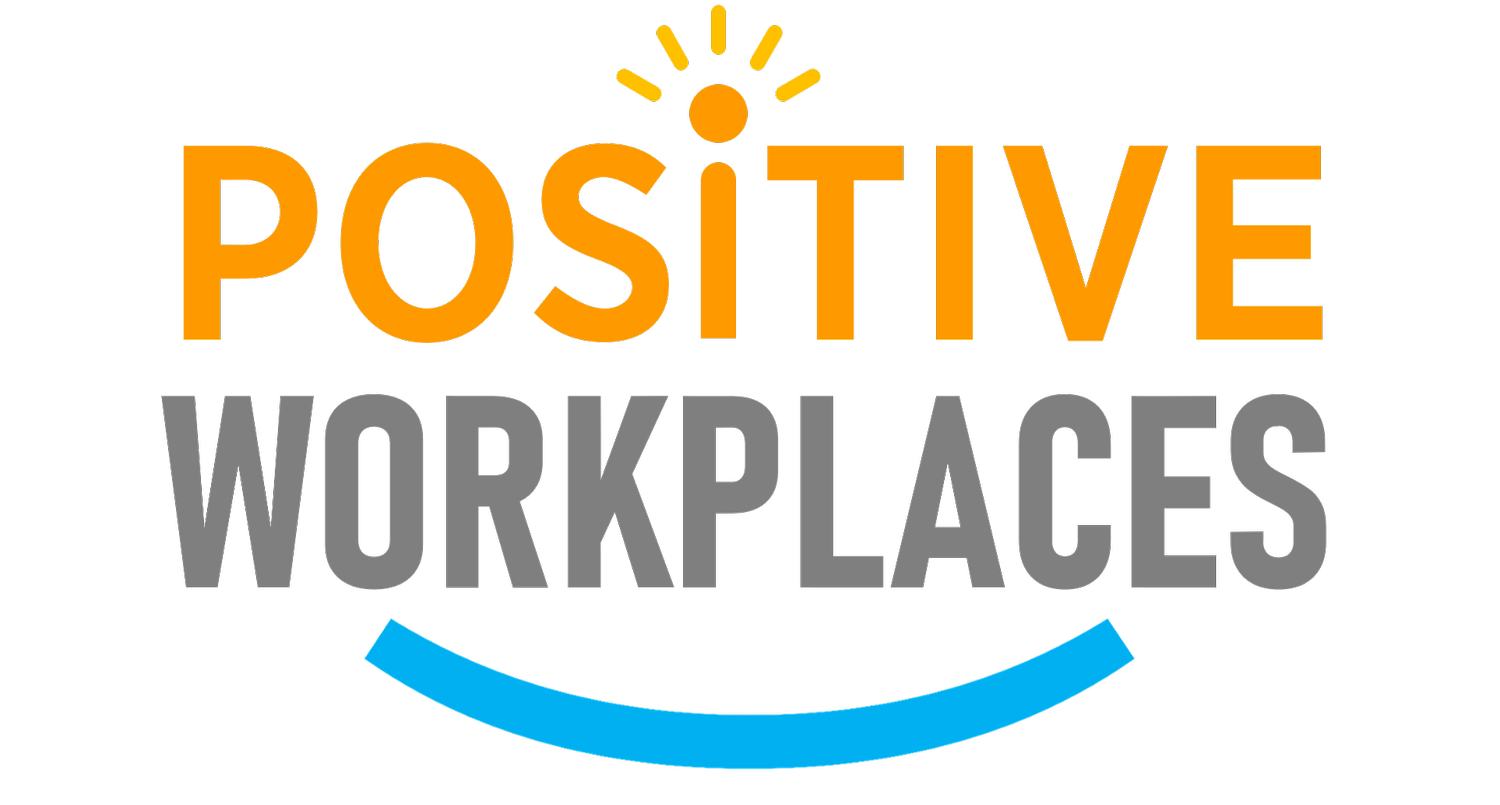Being Our Best Selves Through Engagement
By: Shanelle Siasoyco
Over the last few months under the seemingly endless quarantine period, we’ve been in one too many online meetings ad classes. The benefit of having the power of technology at our disposal at any time—phones, messaging apps, browser tabs, among others—makes it seem like it is easier to connect with our friends and loved ones, and to be engaged in online classes or work meetings over Zoom. This then begs the questions, "Am I truly engaged?” “Am I really making a connection with the people I see on my screen?”
What is Engagement?
Martin Seligman describes engagement under the PERMA-V model as “being one with the music.” In his understanding, this meant immersing yourself in whatever task you were set on doing—may it be in our work, hobbies, and interests. In our context, this may be understood as being mentally and physically present in the midst of all these endless online conversations. However, this may present to be difficult when there are several factors that may disrupt the way we engage. How then are we able to engage with those who matter in our current situation?
Practicing Mindfulness to Engage
There are two ways in which we can improve our ability to engage. First, is being mindful of the way we operate in this world. Like the PERMA-V Model, mindfulness has also been attributed to the practice of positive psychology and well-being. It has brought about many benefits to people’s well-being. Bringing it back to the previous example of online meetings, remember a time wherein you joined a meeting and thought that you would do your best to be physically and mentally there. Only to find out that you've zoned out, skipped through tab after tab, and missed some important details for a specific project you were handling. The acknowledgement of the fact that you zoned out during that meeting is one way of showing mindfulness.
How to practice mindfulness:
Find a comfortable spot where you can relax for 5 minutes.
Once there, focus completely on your breathing and listen to your body.
If you notice that your mind has wandered, return your focus back to your breathing.
Mindfulness is now understood as a non judgmental acknowledgement and acceptance of our actions, feelings, and thoughts—this would mean looking at our actions, feelings and thoughts with a much more loving lens. The practice of mindfulness then allows us the capacity to bring ourselves back in the conversation which is one of the goals of proper engagement. This practice also brings about self-awareness and once honed, it can allow each and every one of us to be present in the way we want to be.
Finding flow
The second way we can improve our engagement is finding an activity or task that matches your interests and skills to find flow. Engagement has often been linked with Csikszentmihalyi’s concept of flow, which can be defined as a state of optimal experience arising from intense involvement in an activity. The feeling of flow can come about once a challenge or task matches up to your own skill set.
Some characteristics of flow:
Complete concentration on task
Concept of time changes (it either slows or quickens)
Effortless
Skills and challenge match up
After describing the experience of flow, you may have thought of an experience wherein you have reached that flow state. It may have been working on a project that you had proposed, or maybe even doing the menial tasks at work that you greatly enjoy. The experience of flow may be different for each and everyone but the feelings remain the same.
Attaining engagement
After learning about to concrete ways that we are able to improve engagement, here a few other ways that we are able to attain engagement:
Join in on activities that truly excite you. This may be exercising, cooking, cleaning, or even finding a new hobby!
Feel free to experiment with different breathing exercises. This tip will help you in improving mindfulness.
Learn more about your character strengths and try to incorporate them in your daily tasks. A place to learn about them would be through the VIA institute.
These are all but a few ways that we are able to improve our ability to engage. Should you wish to learn more about engagement and the rest of the aspects of PERMA-V and how it affects well-being, feel free to watch our webinar on Supporting Teacher Well-being: Empowering with the PERMA-V Framework. On the other hand, if you are interested in learning more about flow and how it can affect you and your work, feel free to watch our webinar on creating a Flow Mindset.
References
Ackerman, C. (2021, July 16). Mindfulness and positive psychology: A look at the benefits and links. PositivePsychology.com. Retrieved September 18, 2021, from https://positivepsychology.com/mindfulness-positive-psychology-3-great-insights/.
Csikszentmihalyi, Mihaly. (1990). Flow : the psychology of optimal experience. New York : Harper & Row
Madeson, M. (2021, September 10). The perma model: Your scientific theory of happiness.
Csikszentmihalyi, M. (1990). Flow : The psychology of optimal experience. New York: Harper & Row
PositivePsychology.com. Retrieved September 18, 2021, from https://positivepsychology.com/perma-model/.
Seligman, M. E. (2011). Flourish: A New Understanding of Happiness and Wellbeing and How to Achieve Them. London: Nicholas Brealey.











